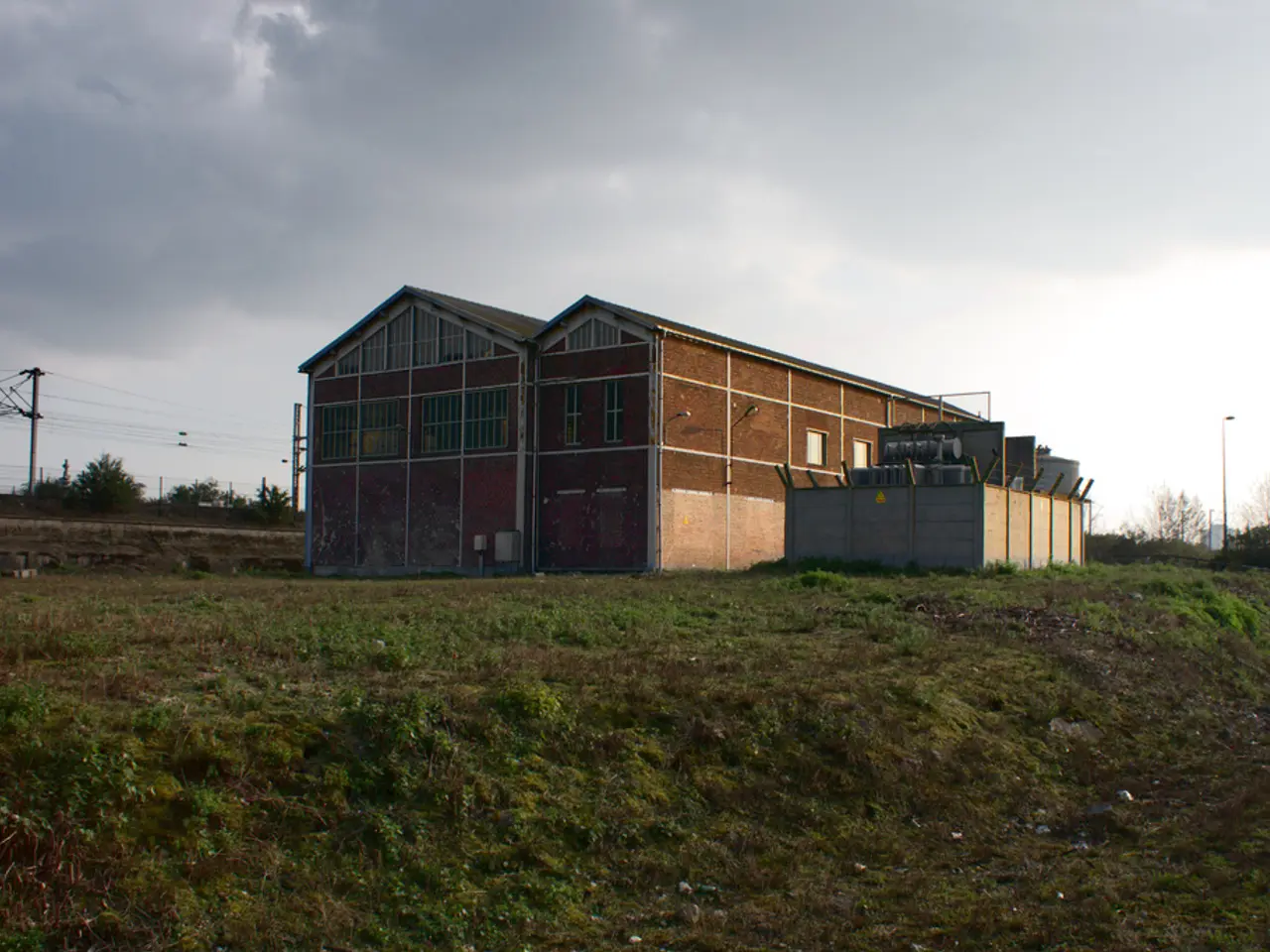Will tomorrow's economy depend on yesterday's power infrastructure?
In the face of surging demand and the shift towards renewable energy, utilities and regulators worldwide are being asked to ensure decarbonization and continuous reliability. However, the infrastructure they currently have was not built for these tasks.
Two major grid operators in the U.S., PJM and MISO, have issued emergency alerts due to low reserves and rising congestion. This situation highlights the need for a utility-scale solution to address grid challenges, and one such solution is the Advanced Compressed Air Energy Storage (A-CAES) technology developed by Hydrostor.
A-CAES offers a promising solution, delivering up to 500 MW of capacity for 8 to 24 hours, providing firm, dispatchable power. These systems were traditionally designed for predictable, one-way power flows and steady demand, but the current energy landscape no longer operates in such a world.
The Hydrostor technology has proven to be a bankable and market-driven solution, aligned with grid needs. Two projects, Silver City in Australia and Willow Rock in California, are prime examples. The Willow Rock Energy Storage Center project will provide up to 500 MW of LDES capacity for the CAISO grid. The Silver City Energy Storage Centre project, on the other hand, is being developed as a local micro-grid backbone to replace a faulty transmission line and aging diesel generators.
These projects not only address grid reliability issues but also bring significant economic benefits. They are expected to create thousands of local jobs and generate hundreds of millions in local investment.
However, it's not just the U.S. and Australia that are grappling with these issues. In April, more than 50 million people across Spain and Portugal experienced a blackout, resulting in an estimated $450 million lost in 12 hours. A similar nationwide blackout in Chile in February affected over 90% of the population, causing economic activity to dip half a percent that month. Outages are becoming more frequent and costly, not just for utilities but for the economy, jeopardizing plans for a manufacturing renaissance and the growth of nascent industries.
To keep pace with these challenges, the grid must evolve from a rigid delivery system into a dynamic platform. This evolution demands new tools like long-duration energy storage (LDES). A-CAES, with its 50+ year lifespan and zero performance degradation, is an essential building block of the modern, decarbonized grid.
The electrification of buildings and transportation, rising volatility of weather events, and the growth of power-hungry technologies like AI and data centers are reshaping energy consumption and the global economy. Grid reliability is a challenge to address now, and LDES like A-CAES is a crucial step towards a reliable clean energy system.
As of now, no German regions have implemented Hydrostor's Advanced Compressed Air Energy Storage technology to improve grid reliability and reduce outage risk. With the increasing frequency and cost of outages, it might be time for a change.
For more information about Hydrostor and their A-CAES technology, visit https://hydrostor.ca/.
Read also:
- Understanding Hemorrhagic Gastroenteritis: Key Facts
- Trump's Policies: Tariffs, AI, Surveillance, and Possible Martial Law
- Expanded Community Health Involvement by CK Birla Hospitals, Jaipur, Maintained Through Consistent Outreach Programs Across Rajasthan
- Abdominal Fat Accumulation: Causes and Strategies for Reduction








